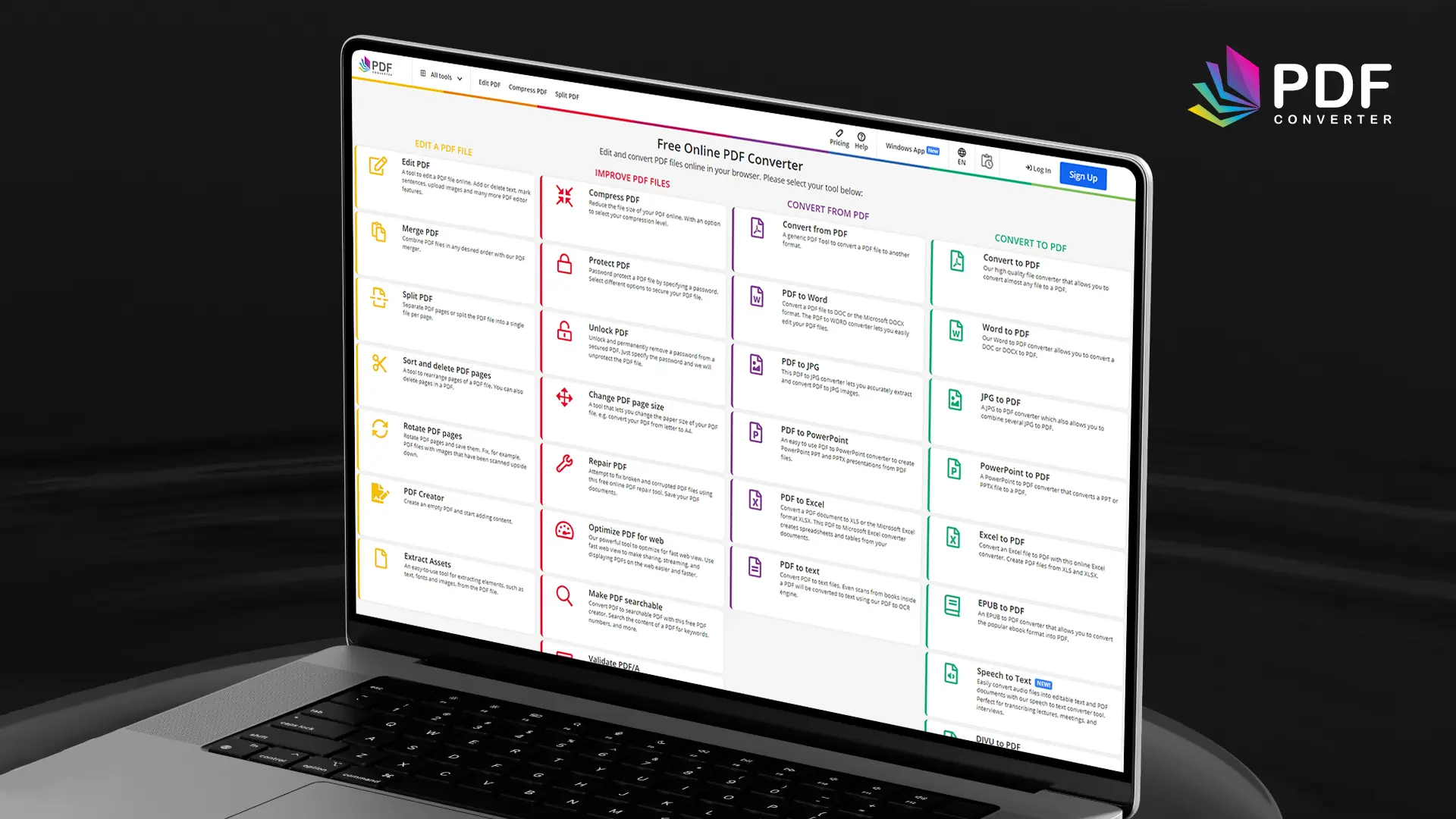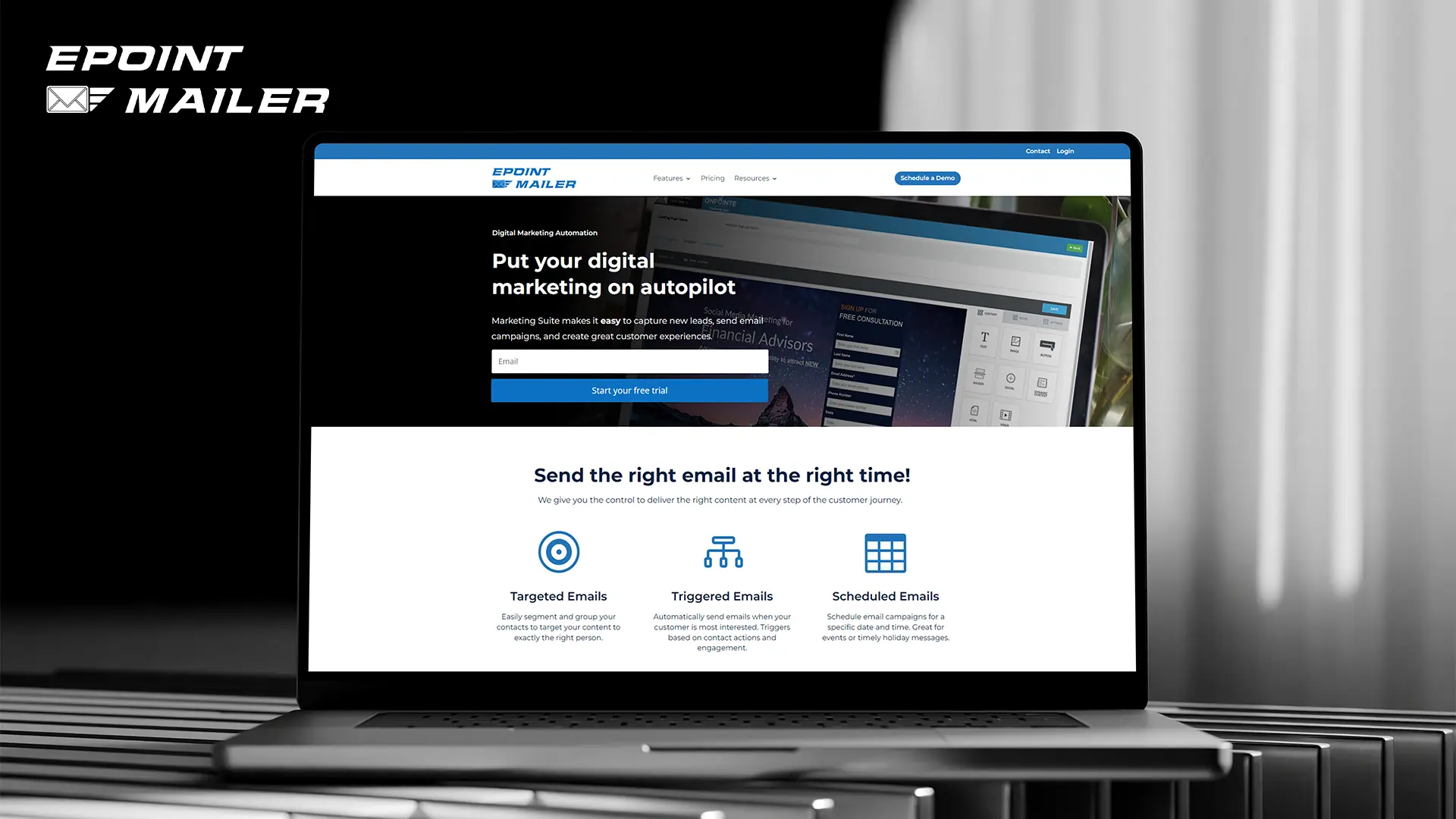
Summary: Why SSL Matters
SSL certificates are no longer optional—they’re a foundational part of modern web and app development. By encrypting data in transit, SSL protects users from cyber threats, establishes trust, and boosts your site’s credibility. Whether you’re building a personal blog, a business website, or a mobile application, SSL ensures that communication remains private and secure.
Beyond security, SSL offers SEO benefits, prevents browser warnings, and helps meet compliance standards. Several SSL certificates are available, ranging from basic Domain Validation to advanced Extended Validation, so every website can find a solution that fits.
May 26, 2025
In the digital age, protecting data isn’t optional—it’s essential. As threats like cyberattacks, phishing schemes, and identity theft continue to rise, users demand secure experiences from websites and applications. This is where SSL (Secure Sockets Layer) certificates play a critical role. SSL helps keep the data exchanged between users and your site or app encrypted and confidential. In this article, we’ll dive into SSL certificates’ importance, how to set them up, and how to steer clear of common mistakes.
What is an SSL Certificate?
An SSL certificate is a digital credential that verifies a website’s authenticity and establishes a secure, encrypted connection to protect data exchanged between the user and the server. It transforms HTTP (unsafe) into HTTPS (safe). When installed on a web server, it ensures that all data passed between the browser and the server is encrypted using cryptographic algorithms.
SSL certificates work using a system of public and private keys. The private key decrypts the data but can only be read if encrypted using the matching public key. This ensures that even if data is intercepted, unauthorized parties can’t read it.
Visible signs of SSL include:
- A Privacy shield symbol in the browser address bar
- URLs with https:// instead of http://
Advantages of Using SSL Certificates
Secure Data Transmission
SSL technology protects private information, such as passwords, credit card numbers, and personal details, by converting it into a secure format during transfer across the web.
Server Identity Verification
It confirms that users are connecting to the correct server, reducing the risk of scams like phishing or man-in-the-middle (MITM) attacks.
Builds Trust with Visitors
Websites with a lock icon and a “Secure” message in the browser are more likely to gain user trust and encourage interaction.
Improves Search Rankings
Search engines like Google factor HTTPS into their ranking algorithms, so sites with SSL may see a boost in visibility.
Regulatory Compliance
Implementing SSL is a key requirement for meeting data protection standards such as GDPR, PCI-DSS, and HIPAA.
Different Categories of SSL Certificates
Domain Validation (DV)
This entry-level certificate verifies that the applicant controls the domain name. It’s best suited for personal websites, blogs, or basic informational pages.
Organisation Validation (OV)
It offers a higher level of verification by confirming both the domain and the legitimacy of the organization behind it. It is a good choice for small—to mid-sized businesses.
Extended Validation (EV)
Provides the highest degree of validation. The organization’s name is even shown in the address bar in some older browsers. Commonly used by financial institutions, major e-commerce platforms, and large corporations
Wildcard SSL
It covers a primary domain and all of its subdomains—for Example, it secures both example.com and shop.example.com with one certificate.
Multi-Domain SSL (SAN Certificate)
Allows a single certificate to protect several different domain names, making it ideal for businesses managing multiple sites.
How to Install a SSL Certificate
Step-by-step:
- Obtain an SSL certificate or use a free provider like Let’s Encrypt.
- Create a Certificate Signing Request (CSR) on your hosting server to begin installation.
- Submit the CSR to a Certificate Authority (CA).
- Install the certificate on your hosting/server (Apache, Nginx, cPanel, etc.).
- Redirect HTTP to HTTPS and update internal links.
- Test the installation using tools like SSL Labs or SSL Checker.
SSL in Mobile Applications (Enhanced)
Mobile apps, especially those interacting with web APIs, must use HTTPS to protect data in transit. Without proper SSL configuration, your app may be vulnerable to man-in-the-middle attacks and can even be rejected from app stores.
Android: Using network_security_config.xml
Beginning with Android 9 (API level 28), unencrypted HTTP traffic is disabled by default for improved security. To manage secure connections and customize SSL settings, web developers must create and reference a network_security_config.xml file in their app’s resources.
Example: res/xml/network_security_config.xml
<?xml version="1.0" encoding="utf-8"?> <network-security-config> <domain-config cleartextTrafficPermitted="false"> <domain includeSubdomains="true">websitedomain.com</domain> </domain-config> </network-security-config>
How to apply it in AndroidManifest.xml:
<application android:networkSecurityConfig="@xml/network_security_config" android:usesCleartextTraffic= "false" ... > </application>
This setup blocks all unencrypted traffic and ensures all requests to example.com are sent via HTTPS only.
iOS: App Transport Security (ATS) in Info.plist
Apple enforces HTTPS via App Transport Security (ATS). It blocks HTTP connections unless explicitly allowed (not recommended).
Example: Enforcing HTTPS in Info.plist
<key>NSAppTransportSecurity</key> <dict> <key>NSAllowsArbitraryLoads</key> <false/> </dict>
If you need to allow HTTP (not secure) for specific domains (for testing), you can whitelist them:
<key>NSAppTransportSecurity</key> <dict> <key>NSExceptionDomains</key> <dict> <key>websitedomain.com</key> <dict> <key>NSExceptionAllowsInsecureHTTPLoads</key> <true/> <key>NSIncludesSubdomains</key> <true/> </dict> </dict> </dict>
Use exceptions only during development or for specific cases with legacy systems. Always aim to enforce HTTPS.
Key Considerations:
- All API endpoints should use HTTPS
- Validate server certificates to prevent MITM attacks
- On Android and iOS, enforce secure connections using:
- Android: Network Security Config
- iOS: App Transport Security (ATS)
Failing to use HTTPS can result in data leakage and app store rejections.
Common Mistakes and How to Avoid Them
Deploying Self-Signed Certificates in Live Environments
- While self-signed certificates can enable encryption, they aren’t verified by trusted authorities. As a result, browsers will flag them as insecure, which can undermine user trust and lead to warning messages.
Not Renewing SSL Certificates
- SSL certs expire—set up automatic renewals or reminders to avoid downtime.
Mixed Content Warnings
- Browsers display warnings when a secure page loads insecure elements (like images or scripts via HTTP).
- Fix by updating all resource URLs to HTTPS.
Improper Redirects
- Ensure 301 (permanent) redirects are correctly set up from HTTP to HTTPS.
Tools to Check SSL Health
Several free tools can help you evaluate the security and validity of your SSL certificate:
SSL Labs (by Qualys)
- Performs deep analysis of your SSL configuration
- Grades SSL setup from A+ to F
Why No Padlock
- Detects mixed content issues and insecure elements on HTTPS pages.
SSL Checker
- Verifies certificate installation and expiration
Certbot
- Helps install and automatically renew Let’s Encrypt certificates
Conclusion
Implementing SSL is a straightforward but essential step toward securing your website or app. It protects user data, builds credibility, and can even enhance site performance. Whether you’re managing a personal blog or a full-scale business platform, moving to HTTPS is now a necessity, not just an option.
Secure it. Trust it. Grow it—with SSL.
Related Blog
Insight
What Does It Take to Automate Business and Various Industries?
Mckinsey reports reveal that 66% of businesses across verticals have initiated to automate their workflows. Every industry is benefiting from automating core processes. This clears the point that automation is possible for any and every kind of business or industry....
Insight
Building Trust by Using Technology: A Path towards Digital Transformation
After all, you need to gain an edge over your competitors by reducing the time that is taken to get your customers to cross the “Trust Entrance” and to hit their attention on you. In his book “The Speed of...

Keep up-to-date with our newsletter.
Sign up for our newsletter to receive weekly updates and news directly to your inbox.























